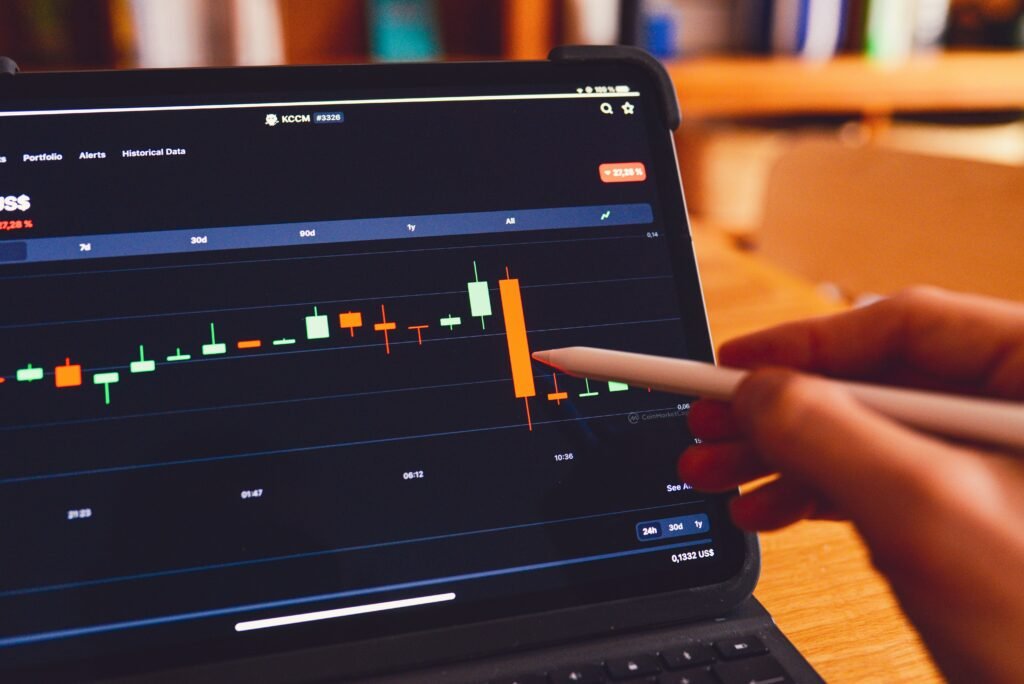By BlockAI
Lead: who, what, when, where, why, how
At the Eastern Economic Forum in Vladivostok, Putin adviser Anton Kobyakov accused the United States of using a crypto and gold debt strategy to manage its roughly $35 trillion US debt. Kobyakov said the crypto and gold debt strategy involves moving liabilities into cryptocurrency and gold-linked instruments to devalue and reset parts of the global financial system. The claim landed in public remarks this week at the forum and raises questions about monetary policy, stablecoins, and the role of gold in a potential global currency reset. BlockAI breaks down what was said, why it matters, and how markets and policymakers could react.
Eastern Economic Forum claim
Kobyakov made his comments at the Eastern Economic Forum in Vladivostok, tying the alleged crypto and gold debt strategy to a broader U.S. playbook. He argued the approach goes beyond ordinary debt management and suggests moving obligations into cryptocurrency and gold mechanisms to shift valuation. The comment referenced policy developments dating back to the Trump administration and suggested the plan is an evolution rather than a sudden pivot. That link to past administrations was presented to give the allegation political and chronological context.
How stablecoins fit
Stablecoins are central to the alleged crypto and gold debt strategy because they can peg value, move value, and potentially mask balance-sheet actions. Using stablecoins to repackage government-linked obligations, Kobyakov claimed, would let a debtor nation obscure or re-denominate liabilities without a traditional default. Whether that’s technically feasible at sovereign scale is debated by economists, but the accusation centers on stablecoins as instruments for monetary maneuvering and global currency reset scenarios.
US debt mechanics
The U.S. debt angle is straightforward in the accusation: with roughly $35 trillion outstanding, the claim suggests the U.S. might use crypto and gold debt strategy tools to reduce real liabilities and shift monetary burdens. Critics say such a tactic would erode trust in the dollar, while proponents of digital assets note the transparency and traceability of blockchain systems. The allegation ties into a broader debate about cryptocurrency’s role in national balance sheets and whether digital assets could ever substitute for traditional reserves.
Why Russia is watching
Russia’s interest in the topic is both strategic and practical. Moscow has been developing a digital ruble and exploring ruble-backed stablecoins as part of a defensive and opportunistic response to international financial shifts. The Kremlin’s watchers framed the crypto and gold debt strategy claim as validation for accelerating Russia’s own digital payment projects. For Russian policymakers, the story is a prompt to double down on alternatives to dollar-centered systems.
Monetary policy context
Monetary policy experts note the crypto and gold debt strategy allegation raises two questions: feasibility and motive. Technically, moving national-scale debt into crypto and gold vehicles would require unprecedented market coordination and regulatory change. Motive-wise, proponents of the claim say it’s a way to engineer a global currency reset that shifts purchasing power. Opponents counter the reputational and market risks would be extreme, arguing the dollar’s dominance depends on trust that such maneuvers would damage.
Market and regulatory reactions
Markets reacted cautiously to the claim, with gold and cryptocurrency desks parsing the implications. If a nation-state truly pursued a crypto and gold debt strategy, it would trigger regulatory scrutiny, potential capital controls, and shifts in reserve asset allocation. The accusation also puts fresh focus on how stablecoins are regulated, and whether steps taken in the Trump administration era paved legal avenues for digital-asset use in unconventional finance.
What comes next
Watch for official responses, follow-up statements from U.S. Treasury or Fed officials, and any clarifications from Anton Kobyakov. Analysts will look at on-chain flows, changes in central-bank reserve reports, and movements in gold and stablecoin markets. Russia’s own digital ruble projects may accelerate, and geopolitical conversations about monetary policy could pivot toward digital assets and the role of gold.
Additional background
This discussion sits at the intersection of cryptocurrency innovation, traditional gold markets, and geopolitics. The crypto and gold debt strategy allegation is as much a political signal as a technical claim. For traders and policymakers, the practical test will be whether measurable shifts in reserves, stablecoin issuance, or gold purchases follow the rhetoric.
Frequently asked questions about crypto and gold debt strategy (FAQ)
Q: who made the claim about a crypto and gold debt strategy?
A: Putin adviser Anton Kobyakov made the accusation publicly at the Eastern Economic Forum in Vladivostok.
Q: is the U.S. officially using a crypto and gold debt strategy?
A: There is no public evidence from U.S. Treasury or Federal Reserve statements confirming such a strategy; the claim remains an allegation highlighted by Russian officials.
Q: how would stablecoins enable a crypto and gold debt strategy?
A: Stablecoins could, in theory, be used to re-denominate or move value, but using them at sovereign scale would require legal and market structures that don’t currently exist.
Q: could a crypto and gold debt strategy trigger a global currency reset?
A: Experts say it would be difficult and risky; a coordinated move of that scale would threaten trust in existing reserve currencies and likely cause market turmoil.
Q: why does Russia mention the crypto and gold debt strategy now?
A: Russia’s growing interest in a digital ruble and ruble-backed stablecoins makes the allegation relevant to its strategic push away from dollar dependence.
Author note
This piece follows reporting and analysis standards from BlockAI and synthesizes the 5Ws and 1H around the claims.
Sources to this article
No first-party sources were used.



